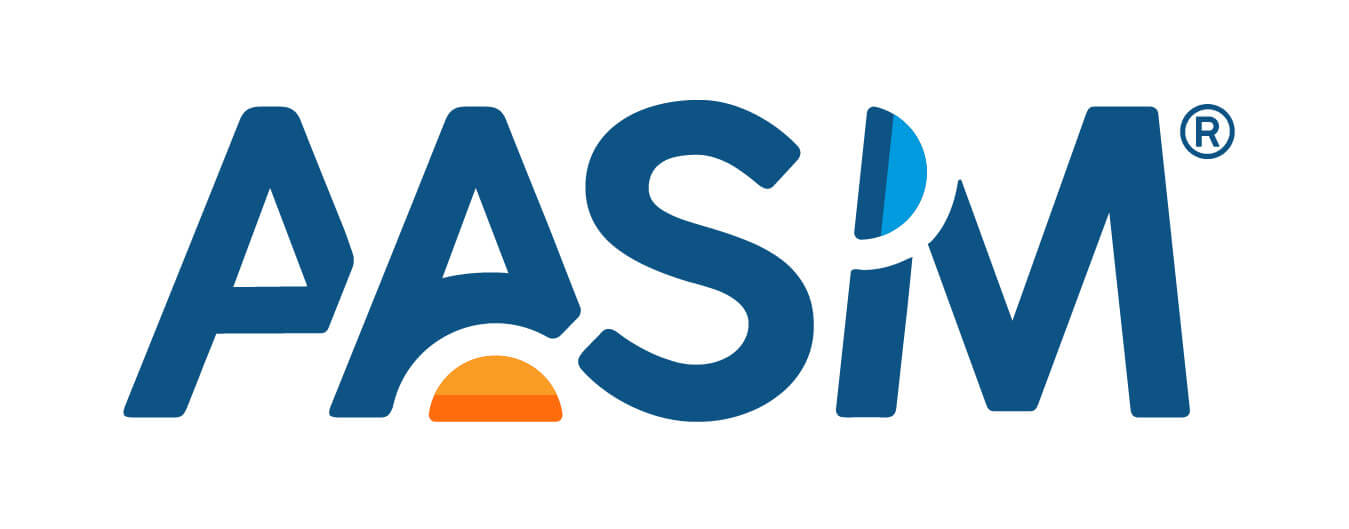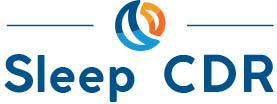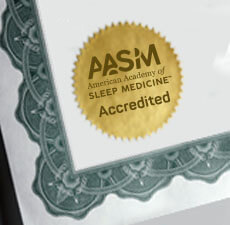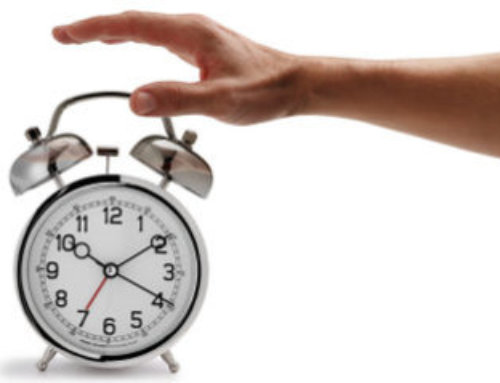EMBARGOED FOR RELEASE: 12:01 a.m. EDT, Sept. 1, 2011
CONTACT: Doug Dusik, 630-737-9700, ext. 9345, ddusik@aasm.org
DARIEN, Ill. – Insomnia is costing the average U.S. worker 11.3 days, or $2,280 in lost productivity every year, according to a study in the September 1 issue of the journal SLEEP. As a nation, the total cost is 252.7 days and $63.2 billion.
“We were shocked by the enormous impact insomnia has on the average person’s life,” said lead author Ronald C. Kessler, Ph.D. “It’s an underappreciated problem. Americans are not missing work because of insomnia. They are still going to their jobs but accomplishing less because they’re tired. In an information-based economy, it’s difficult to find a condition that has a greater effect on productivity.”
The results were computed from a national sampling of 7,428 employees, part of the larger American Insomnia Study undertaken by Harvard Medical School. Participants were asked about sleep habits and work performance, among other things. Previous estimates have relied on smaller consumer panels and on medical and pharmacy claims databases focused on treated insomnia patients, the study said.
The estimated prevalence of insomnia in the AIS sample was 23.2 percent among employees. Insomnia also was found to be significantly lower (14.3 percent) among workers age 65 and older, and higher among working women (27.1 percent) than working men (19.7 percent). Clinical sleep medicine experts independently evaluated a subsample of AIS respondents and confirmed the accuracy of those estimates.
Kessler said accurate estimates on the costs of insomnia in the workplace might justify the implementation of screening and treatment programs for employees. Because insomnia is not considered an illness – the kind that results in lost days at work – employers tend to ignore its consequences, he said.
“Now that we know how much insomnia costs the American workplace, the question for employers is whether the price of intervention is worthwhile,” said Kessler, a psychiatric epidemiologist with the Department of Health Care Policy at Harvard Medical School. “Can U.S. employers afford not to address insomnia in workplace?”
Roughly speaking, the average cost of treating insomnia ranges from about $200 a year for a generic sleeping pill to up to $1,200 for behavioral therapy, according to study co-author James K. Walsh, Ph.D., executive director and senior scientist at the Sleep Medicine and Research Center at St. Luke’s Hospital in Chesterfield, Mo.
The SLEEP study also found a lower than average insomnia prevalence among respondents with less than a high school education (19.9 percent) and among college graduates (21.5 percent). Those with a high school education (25.3 percent) or some college education (26.4 percent) showed higher rates of prevalent insomnia. The AIS survey was conducted in 2008 and 2009.
The study, “Insomnia and the performance of US workers: Results from the America Insomnia Survey,” was sponsored by Merck & Co. The AIS was conceived of and funded by Sanofi-Aventis (SA) Groupe.
Learn more about insomnia from the American Academy of Sleep Medicine on the Sleep Education Blog at https://sleepeducation.blogspot.com/search/label/insomnia.
The monthly, peer-reviewed, scientific journal SLEEP is published online by the Associated Professional Sleep Societies LLC, a joint venture of the American Academy of Sleep Medicine and the Sleep Research Society. The AASM is a professional membership society that is the leader in setting standards and promoting excellence in sleep medicine health care, education and research (www.aasm.org).
For a copy of “Insomnia and the performance of US workers: Results from the America Insomnia Survey,” or to arrange an interview with an AASM spokesperson, please contact PR Coordinator Doug Dusik at 630-737-9700, ext. 93459, or ddusik@aasm.org.
# # #








